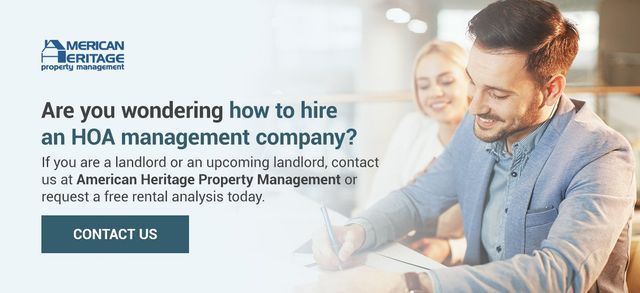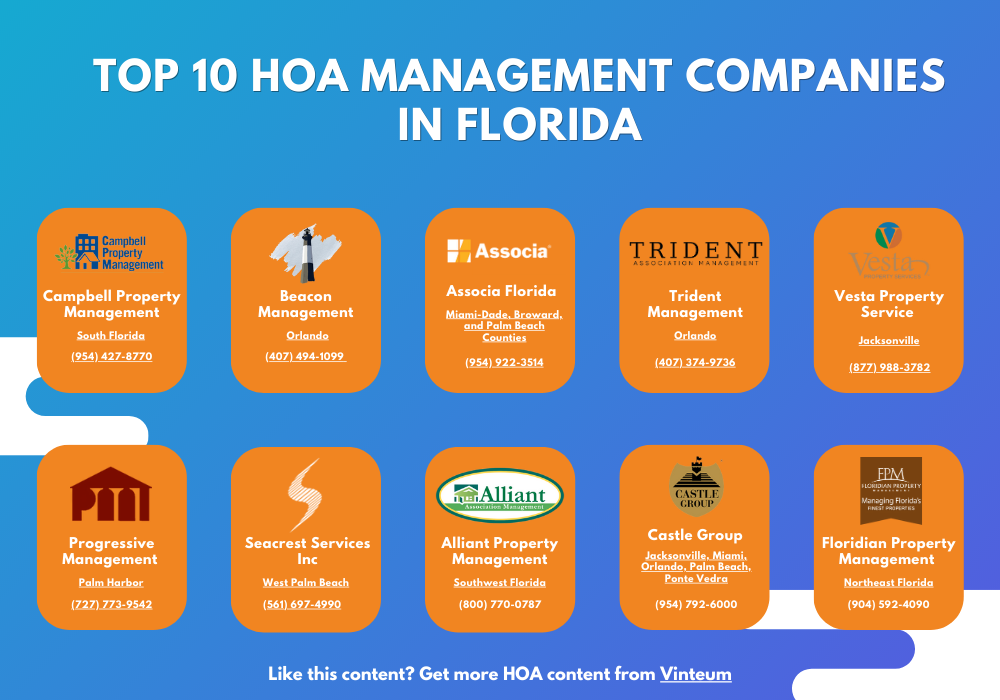Enhance Area Coping With Committed HOA Management San Antonio
Enhance Area Coping With Committed HOA Management San Antonio
Blog Article
From Financials to Maintenance: Mastering the Art of HOA Management for Community Associations
Managing a community organization calls for a fragile equilibrium between monetary obligations, effective communication, and efficient upkeep procedures. From overseeing budgets and financial declarations to working with upkeep jobs and imposing regulations and rules, HOA monitoring can be a complicated art that demands a diverse collection of abilities. In this discussion, we will discover the various facets of HOA administration, from the complexities of financial monitoring to the value of preserving a well-functioning community. By diving into these vital locations, we aim to provide useful insights and strategies for understanding the art of HOA management, leaving you equipped with the understanding and tools required to navigate the obstacles that may emerge within your neighborhood association.
Comprehending Financial Duties
What are the key monetary duties that community organizations require to understand and handle properly? Community associations play an essential role in handling the funds of their communities. hoa management san antonio. To guarantee the monetary health of the organization, several essential obligations have to be understood and managed successfully
Firstly, area associations should establish and preserve a thorough spending plan. This involves accurately estimating expenses and income resources, such as month-to-month charges, special evaluations, and rental earnings. A well-planned budget plan enables organizations to designate funds for essential expenditures, such as repair and maintenance, insurance premiums, and reserve funds for future capital projects.
An additional vital economic duty is the collection of charges and analyses. Neighborhood associations must ensure prompt and reliable collection of these charges to cover operational expenses and keep the financial stability of the organization. This includes carrying out a clear and clear repayment policy, addressing misbehaviors without delay, and implementing any type of required lawsuits.
Furthermore, neighborhood associations should keep exact monetary records and prepare normal monetary statements. These declarations offer a clear picture of the organization's financial wellness, consisting of income, expenditures, and books. Routine financial coverage allows board participants and house owners to track the association's economic performance and make educated decisions pertaining to budgeting and costs.
Lastly, neighborhood associations need to abide by all suitable financial laws and tax demands. This includes filing income tax return, keeping correct documentation, and sticking to any legal commitments related to economic administration.
Efficient Interaction and Collaboration
Efficient interaction and collaboration are crucial for successful HOA administration and cultivating a cohesive neighborhood. Area associations depend on reliable communication to distribute crucial details, address issues, and make sure openness. A constant and clear line of interaction in between the HOA board, homeowners, and building management is important for a well-functioning area.
One means to promote effective communication is with routine newsletters or emails that provide updates on community occasions, projects, and essential statements. This enables citizens to remain educated and taken part in the area. Additionally, establishing open lines of communication through community forums or city center meetings can offer a platform for locals to voice their opinions, ask questions, and add to decision-making processes.
Partnership is just as vital in HOA monitoring. Urging cooperation amongst board locals, members, and boards fosters a sense of possession and shared obligation. By including locals in the decision-making process and proactively seeking their input, the neighborhood association can create an extra unified and comprehensive atmosphere.
To help with effective cooperation, HOA management must establish clear objectives and goals, delegate obligations, and encourage synergy. Routine meetings, both informal and official, offer an opportunity for stakeholders to review ideas, address concerns, and job towards usual goals. By cultivating a collective environment, area associations can harness the diverse abilities, understanding, and her response perspectives of their homeowners to drive positive adjustment and improve community living.
Improving Upkeep Operations
Simplifying maintenance procedures is critical for reliable and economical HOA administration. By implementing efficient strategies, neighborhood organizations can ensure that upkeep jobs are carried out efficiently and in a prompt manner, lessening disturbances and making best use of resident fulfillment.

Additionally, making use of modern technology can significantly improve upkeep procedures. Executing an electronic upkeep monitoring system (CMMS) allows associations to track work orders, routine preventative maintenance, and keep an organized record of upkeep tasks. This not just boosts efficiency but likewise supplies a clear and answerable system for both residents and administration.
Additionally, contracting out specific upkeep jobs can likewise enhance procedures. By employing specialized contractors for jobs such as swimming pool upkeep or landscape design, organizations can make certain that these jobs are taken care of by specialists with the necessary competence, releasing up interior resources to concentrate on other elements of HOA management.
Focusing On Rules and Laws
To make sure organized and effective community living, link prioritizing and enforcing laws and policies is necessary for efficient HOA management. hoa management san antonio. Community organizations count on a set of standards to shield and preserve a harmonious setting building worths. By clearly specifying and prioritizing rules and laws, HOA monitoring can make sure that locals recognize their obligations and expectations
Among the initial steps in prioritizing regulations and policies is to identify those that are crucial for the community's health. This might involve carrying out an extensive testimonial of the existing guidelines and rules and determining any kind of gaps or locations that require enhancement. It is critical to involve neighborhood participants in this procedure to ensure their buy-in and to attend to any kind of issues or suggestions they might have.
Once the most crucial regulations and policies have actually been recognized, HOA management should make sure that they are effectively communicated to citizens. This can be done via various means, such as newsletters, e-mails, area conferences, and posting notices in typical areas. Regular and clear interaction is vital to guarantee that locals understand the rules and regulations and recognize the consequences of non-compliance.
Enforcement of regulations and laws is equally important in maintaining a well-functioning community. HOA management must establish a consistent and fair enforcement process, which may include cautions, penalties, and various other proper procedures. hoa management san antonio. It is essential to strike a balance between imposing the rules and regulations and maintaining favorable relationships with residents
Navigating Legal and Conformity Issues
Browsing legal and compliance issues is crucial for HOA management to make certain adherence to policies and laws. Area organizations should run within the bounds of the legislation to preserve the trust and self-confidence of house owners and stakeholders. Failing to conform with legal needs can lead to legal disagreements, fines, and damages to the association's reputation.
To browse these issues properly, HOA administration should remain updated on government, state, and local laws that govern area associations. This consists of understanding regulation pertaining to reasonable housing, home, taxes, and employment administration. Conformity with these laws includes applying policies and procedures that shield the rights go to my blog of property owners and make certain transparency in financial and functional issues.
Along with legal responsibilities, HOA management need to additionally adhere to the association's regulating documents, such as the laws, agreements, restrictions, and problems (CC&R s) These papers detail the regulations and laws that govern the community and might consist of stipulations regarding residential property upkeep, building guidelines, and dispute resolution processes.

Conclusion
Finally, mastering the art of HOA management for community associations needs a thorough understanding of economic duties, efficient interaction and partnership, enhancing maintenance operations, prioritizing regulations and regulations, and browsing lawful and compliance issues. By efficiently applying these approaches, neighborhood associations can ensure the smooth performance and total wellness of their communities.
By diving right into these crucial areas, we aim to provide beneficial understandings and techniques for mastering the art of HOA monitoring, leaving you furnished with the understanding and tools required to navigate the challenges that might arise within your community association.
Community associations play a crucial function in managing the financial resources of their communities. Neighborhood associations should ensure effective and prompt collection of these fees to cover operational expenditures and maintain the monetary security of the association. By promoting a collaborative atmosphere, area associations can harness the diverse abilities, expertise, and perspectives of their citizens to drive favorable change and improve area living.
To browse these issues successfully, HOA monitoring should stay upgraded on government, state, and neighborhood laws that regulate neighborhood organizations.
Report this page